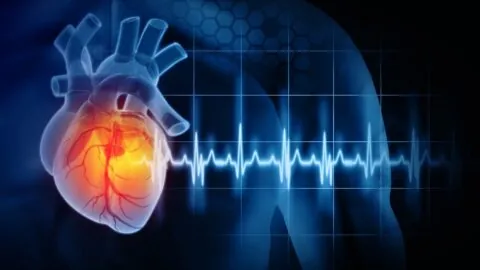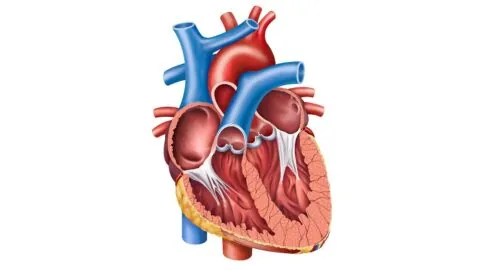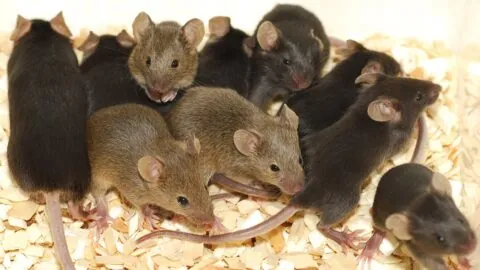April 03, 2025
Publishing in Stem Cell Research & Therapy, researchers have found that small extracellular vesicles (sEVs) derived from young mice alleviate heart dysfunction in older mice. Reaffirming an approach These researchers note that there are a few ways to classify extracellular vesicles. Many of the earlier classifications were based on their origin, with microvesicles coming from...
October 15, 2024
Scientists have found that human heart tissue is harmed by even a short stint in orbit. This might have implications for future space travel [1]. Fly me to the Moon Space exploration is cool, but the human body was obviously not made for it. All its systems have evolved to function under normal gravity and...
September 19, 2024
In Aging Cell, researchers have published their findings on how the right ventricle of the heart ages differently from the left one. Not just organs, but parts of organs Research on aging has agreed that organs age differently: that the arteries, brain tissue, muscles, and skin, along with all of the various digestive and maintenance...
May 10, 2024
Scientists have successfully used heart muscle cells created from induced pluripotent stem cells to counter the deleterious effects of heart attack in non-human primates. Reprogrammed cells for heart regeneration Yamanaka Factors - Opportunities for RejuvenationDrs. Takahashi and Yamanaka showed that they could use Oct4, Sox2, Klf4, and c-Myc (OSKM) to reprogram cells back to pluripotent, embryonic...
March 06, 2024
A recent Molecular Metabolism paper dives into the differences between intermittent and chronic rapamycin treatment and its differential impact on male and female mice [1]. The dark side of rapamycin Rapamycin doesn’t need much introduction in the lifespan extension community. This mTOR inhibitor has been shown multiple times to extend lifespan in animal studies. Because...
March 04, 2024
A new publication in iScience has described a novel way in which heart tissue can be encouraged to accept a gene therapy by using ultrasound to create cavitation bubbles. A little-known target and a new delivery vector This paper begins with a discussion of S-adenosylhomocysteine (SAH), a compound that, in excess, is associated with an...







